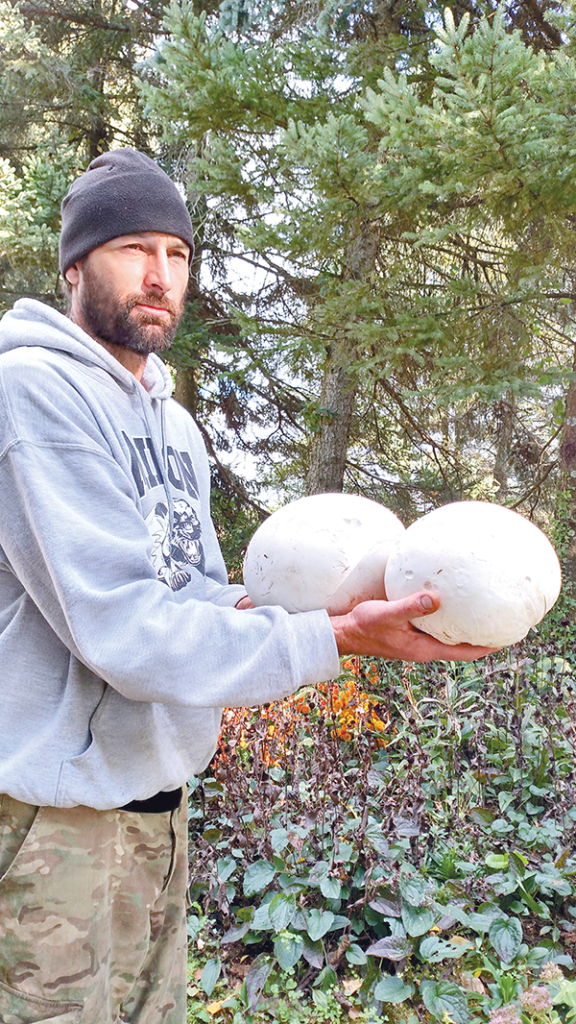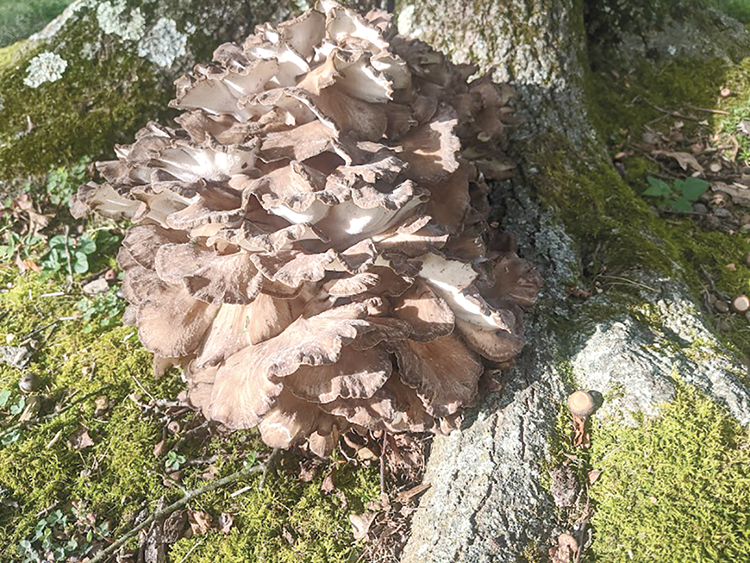I know we are all caught up in deer hunting and fall turkey hunting, but fall is also a great time for gathering wild mushrooms. No, it’s not as exciting as nailing a big buck or calling in a nice gobbler, but collecting and preparing the right wild mushrooms can be very gratifying come mealtime. Fact is, wild mushrooms mixed in with that fresh deer tenderloin makes a great “living off the land” meal. I have already gathered three different kinds of mushrooms this fall that my wife and I have added to our evening meals.
That being said, however, don’t just head out and start gathering wild mushrooms unless you absolutely know what you are picking up. While some mushrooms make a great-tasting meal and are perfectly safe to eat, there are others that can make you very sick or, in some cases, even cause death. Obviously, it’s very important to know what you are looking for, and if you are new to mushroom gathering, I suggest you go with somebody who is experienced and knows what to look for and what to avoid. You should also educate yourself with some good mushroom guides, and the National Audubon Society’s Field Guide to Mushrooms is a good choice.
If you do plan on getting into wild mushroom gathering, there are several that are good to start with since they are hard to mistake for the wrong choices. A good one to look for is Hen of the Woods; not only is it fairly easy to distinguish, but it is also considered a choice edible. It appears almost as a brownish cluster of leaves layered on top of each other. It often
grows on the side of dead trees, often oaks or stumps, and sometimes on the ground on a tree root. These rounded clumps can be 10-20 inches wide and weigh five to ten pounds and much more.
A mushroom somewhat similar to the Hen of the Woods is Chicken of the Woods or Chicken Mushroom. This mushroom grows in a similar fashion and in similar places to the Hen of the Woods, but its overlapping leafy look is much more orange or yellow in color. Its name probably already tipped you off as to what it tastes like — chicken.
Some other good-tasting and fairly easy-to-identify mushrooms are Giant Puffballs and Gem-studded Puffballs. The Giant Puffball is that big white ball-shaped mushroom, sometimes the size of a soccer ball, that seems to suddenly appear in the yard. The Gem-studded Puffball is generally smaller and has a bit of a stalklike base. The rounded top is light tan with darker brown “spots” visible. Another important identification characteristic is that these mushrooms do not have gills underneath but rather tiny pores. Before taking them home for the skillet, ensure they are fresh; they should feel fairly solid and be very white when split open, exposing the inside. If a brownish or greenish color is starting to show — do not eat.
I usually prepare my mushrooms by washing them briefly just before I fry them. I like to cut them up into fairly small pieces and fry them in a frying pan that has a layer of melted butter. I’ll add some salt and pepper to taste and fry until turning golden brown around the edges.
While gathering and eating wild mushrooms is a very satisfying activity, let me again stress the importance of making sure you know what mushrooms you are dealing with; go with an experienced picker and study those guides.

My son, Brian holding two giant puffballs.

Hen of the Woods.



